
another MeG tournament, dates changed can't go, just building an army now
More info - Black Powder
Cannons
The introduction of cannons to Europe in the 14th century marked a revolutionary shift in medieval warfare, including in the German-speaking territories of the Holy Roman Empire. Cannons during this period were primitive compared to later artillery, but they represented the early stages of gunpowder weapons in German military use. Cannons were primarily used in sieges to attack fortifications, though they were still relatively unreliable and experimental.
Development and Early Use of Cannons in 14th-Century Germany
- Arrival of Gunpowder Weapons:
- Cannons began appearing in European battlefields in the early 14th century, having been introduced from the Middle East and Asia through trade routes and interactions during the Crusades. The Germans were among the first in Europe to adopt these early gunpowder weapons.
- Gunpowder itself was likely brought to Europe via Islamic empires or the Mongols, and by the early 1300s, rudimentary cannons (sometimes called “bombards”) began appearing in military conflicts.
- German Craftsmanship and Innovation:
- Germany, with its advanced metallurgical and blacksmithing traditions, became a key center for the production and innovation of early cannons and gunpowder technology.
- The cannon foundries of cities like Nuremberg and Augsburg played a significant role in the refinement of cannon technology during the 14th century. German artisans experimented with bronze and iron to produce stronger, more effective barrels capable of firing heavier projectiles.
- Types of Early Cannons: Early German cannons were known for their massive size and crude construction compared to the more refined artillery of later centuries. They came in a few main types:
- Bombards: These were large, early cannons primarily used in sieges to break down walls and fortifications. Bombards were often made of wrought iron or bronze and fired large stone or metal balls. Due to their size and weight, they were difficult to transport and operate.
- Pot-de-fer: A smaller, early form of cannon that fired arrows or bolts rather than solid balls. This type of cannon was likely less common but indicative of the experimentation with projectile types in early gunpowder warfare.
- Ribalds and Serpentines: Smaller, more portable cannons were being developed toward the end of the 14th century, though these would become more common in the 15th century. Early forms of field artillery were still rare during this time.
- Use in Sieges:
- Cannons were primarily used during sieges in the 14th century to breach castle walls or fortified city defenses. These early cannons fired large stone or iron projectiles at slow speeds and had relatively short ranges, but they were still capable of inflicting considerable damage on medieval fortifications, especially those that had not yet been reinforced to withstand artillery.
- Example: The Siege of Metz in 1324 is one of the earliest recorded uses of a cannon in the Holy Roman Empire. The city’s defenders reportedly used a primitive form of cannon to defend against attackers, though the records are vague, and it’s unclear how effective it was.
- The Battle of Crécy in 1346, though primarily a French and English conflict, is often cited as one of the first battles where early cannons were used. It’s likely that German knights or mercenaries were aware of, if not involved with, similar technology soon after.
- Effectiveness and Limitations:
- Effectiveness: Early cannons were impressive for their shock value and psychological impact on medieval soldiers. The loud explosions, smoke, and ability to cause structural damage gave them a fearsome reputation.
- Limitations: Cannons in the 14th century were still quite primitive. They were difficult to aim, slow to reload, and prone to malfunctioning. Gunpowder quality was inconsistent, and early metalworking techniques meant that cannons sometimes exploded, injuring or killing their operators.
- Impact on Fortifications and Military Strategy:
- The introduction of cannons in the 14th century began to change the way fortifications were built. Castles and city walls had to be modified or reinforced to withstand bombardment from these new weapons.
- As the use of cannons spread throughout German-speaking regions, engineers began designing thicker walls, angled fortifications, and earthen embankments to absorb the impact of cannonballs.
Notable German Advances by the End of the 14th Century
- Improvement of Metalworking Techniques: German metalworkers and blacksmiths became particularly skilled in crafting cannon barrels by the late 14th century. This set the stage for the more effective and reliable artillery used in the 15th century, particularly during the Hussite Wars and other regional conflicts.
- Gunpowder Production: As the demand for gunpowder grew, regions in the Holy Roman Empire began developing better means of producing and storing gunpowder. The development of saltpeter mining and sulfur production helped make gunpowder more readily available for cannons.
- Military Role: Although cannons were used primarily for sieges during the 14th century, the groundwork laid in this period led to their increasing importance on the battlefield. By the end of the century and into the 15th, cannons would become more portable, allowing them to play a larger role in field battles.
Conclusion
The 14th-century German cannon represents the early phase of gunpowder artillery in medieval Europe. While these cannons were still rudimentary and primarily used for siege warfare, German innovators and blacksmiths made key advancements in the design and production of early cannons, setting the stage for the more effective artillery of the late medieval and Renaissance periods. The adoption of cannons began to reshape medieval warfare, forcing changes in fortification design and military strategy, even if their full potential was only realized in the centuries to come.
Hand-held firearms – Hand Cannons (Handgonne)
In the 14th century, firearms were still in their infancy, but German-speaking regions of the Holy Roman Empire were among the early adopters and developers of gunpowder technology. While cannons were the predominant gunpowder weapons of the time, smaller hand-held firearms (though very primitive) also began to emerge in the latter half of the century.
Development of Early Firearms in 14th-Century Germany
1. Earliest Hand Cannons (Handgonne)
- Handgonne (or Handkanone in German) is considered the first true firearm. It appeared in the mid-14th century, evolving from the early gunpowder artillery, such as bombards.
- These hand cannons were simple metal tubes mounted on wooden shafts. They were fired by igniting the gunpowder through a touch hole with a lit match or burning coal.
- The gunner would hold the wooden stock under their arm or against their chest to aim, though aiming was rudimentary and difficult, given the poor ergonomics and lack of precision.
2. Construction and Use
- Materials: Early hand cannons were typically made from iron or bronze, cast or wrought into simple cylindrical barrels.
- Barrel Length: The barrel length varied, but most handgonnes were short, usually between 30-60 cm (1-2 feet) long.
- Projectiles: The ammunition consisted of small stone or metal balls. Gunpowder quality was often inconsistent, limiting the effectiveness and range of these weapons.
- Firing Mechanism: There was no trigger mechanism. Instead, the powder inside the barrel was ignited manually, often with a piece of smoldering cord. This made hand cannons slow to reload and inaccurate, but they were still effective for their time due to their shock value.
3. Impact and Effectiveness
- Range and Accuracy: Early firearms had very short effective ranges, often less than 100 meters. Accuracy was poor, especially compared to bows or crossbows, and firearms were not yet suited for precision attacks.
- Psychological Impact: Despite their mechanical limitations, firearms had a significant psychological effect on medieval soldiers. The loud noise, smoke, and explosive force of gunpowder weapons were frightening, often demoralizing enemies unused to such new technology.
- Tactical Use: Hand cannons were used in sieges and pitched battles, though their slow reload times and inaccuracy meant they played a supplementary role compared to archery and crossbows. Firearms were typically used to surprise or demoralize enemy forces rather than for sustained fire.
4. Technological Advancements
- Barrel Improvements: As gunpowder technology improved, so did the quality of firearm barrels. By the late 14th century, German gunsmiths were experimenting with longer barrels and better materials, which marginally increased range and power.
- Gunpowder Refinement: Production and refinement of gunpowder also improved, making it more reliable, though it remained expensive and dangerous to handle.
5. German Innovation in Firearms
- German Firearms Production: German-speaking regions became important centers for the development and manufacture of early firearms. Cities like Augsburg and Nuremberg, already famous for their metallurgical skills, began to produce small firearms for use by local militias and mercenaries.
- By the late 14th century, hand cannons were being used in localized conflicts throughout the Holy Roman Empire. German mercenaries (called Landsknechts in later centuries) would eventually adopt firearms as standard equipment, but this would only become widespread in the 15th and 16th centuries.
6. Challenges with Early Firearms
- Dangerous to Operators: Early firearms were prone to misfires, and sometimes the barrels would explode due to poor construction or inconsistent gunpowder quality, posing a danger to the operator.
- Reload Time: Reloading an early hand cannon took considerable time. Gunpowder had to be carefully measured and poured into the barrel, followed by the projectile and wadding. The slow rate of fire limited their practical use in rapid combat situations.
- Training: Operating these firearms required some training, especially in safely handling gunpowder and aiming, though early firearms were less skill-intensive than bows or crossbows.
Transition to the 15th Century
By the end of the 14th century, hand cannons and other early firearms were becoming more common, although they were still largely experimental and secondary to more traditional weapons like swords, spears, crossbows, and pikes. The German regions’ strong tradition in metallurgy, combined with increasing military conflicts, would position them as leaders in the development of more sophisticated firearms in the following centuries.
In the early 15th century, the use of firearms in battles such as the Hussite Wars demonstrated their growing importance. German armorers continued to refine the technology, leading to the development of the arquebus in the late 15th and early 16th centuries, which would be the next major evolution in firearms after the hand cannon.
Conclusion
The 14th-century German firearms—primarily in the form of handgonnes—were rudimentary and still in the experimental phase. While they lacked the accuracy, range, and reliability of later gunpowder weapons, they represented an important first step in the development of personal firearms. These early weapons had a psychological impact and were most effective during sieges or for defensive purposes. Through German craftsmanship and innovation, these firearms would gradually improve, setting the stage for the more advanced gunpowder weapons of the late medieval and Renaissance periods.





























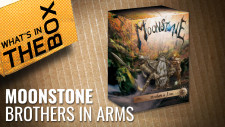




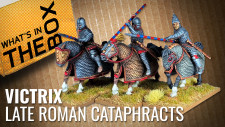






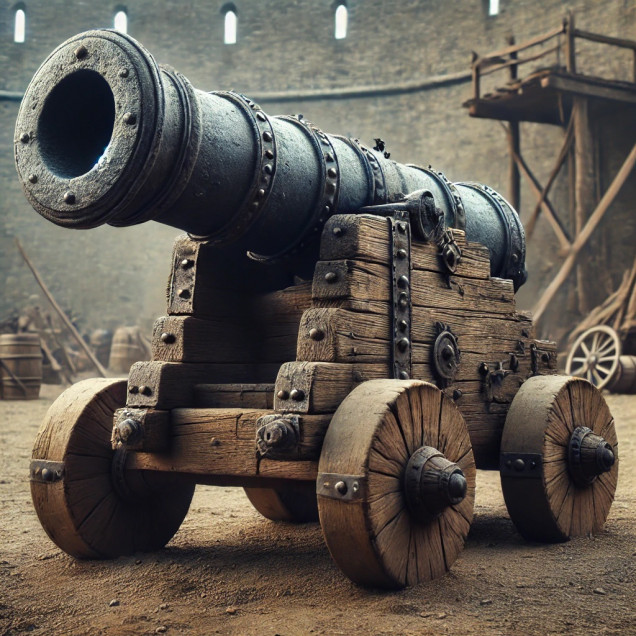



















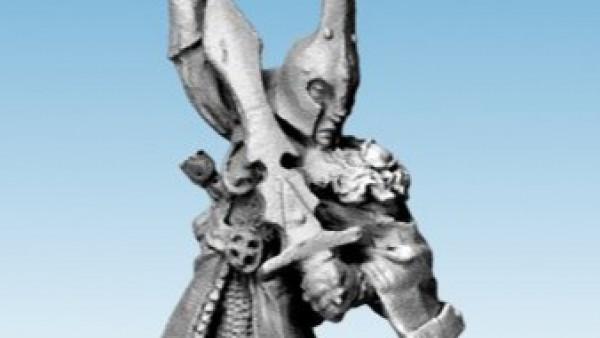
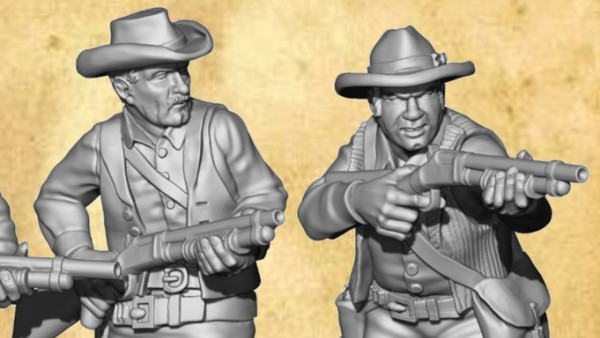






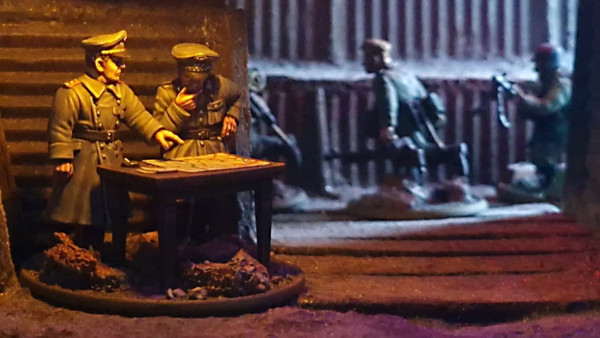


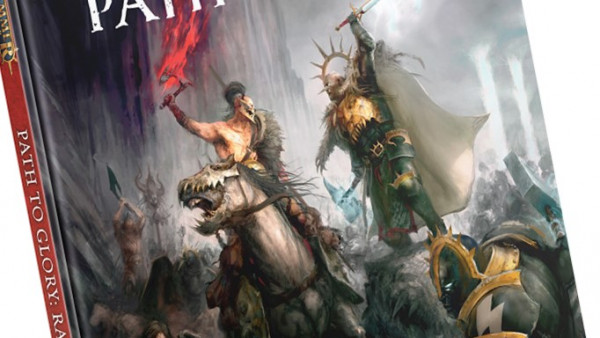


Leave a Reply